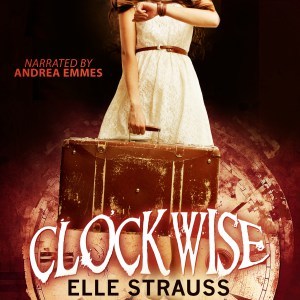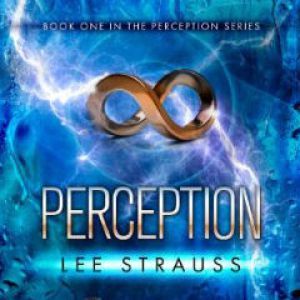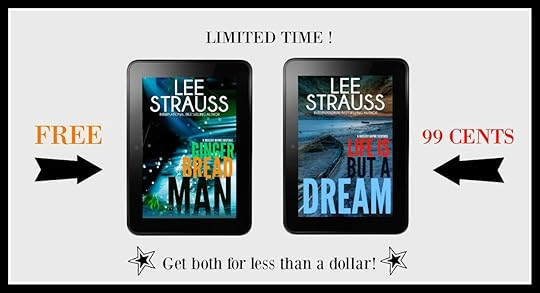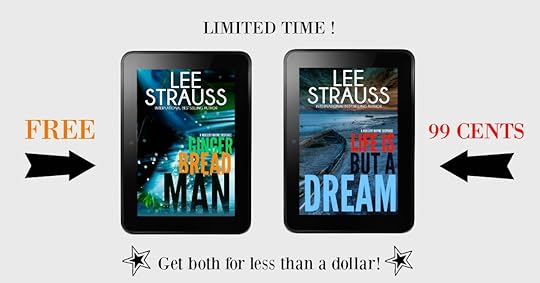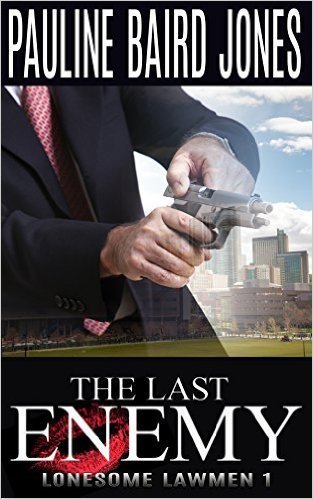Lee Strauss's Blog, page 17
April 12, 2016
Author Tip Tuesday – Canva
The best thing about Canva is that it’s FREE. There is an upgrade option available, but I couldn’t find anywhere on the site what the upgrades were.
It’s an easy tool to create simple visual designs.
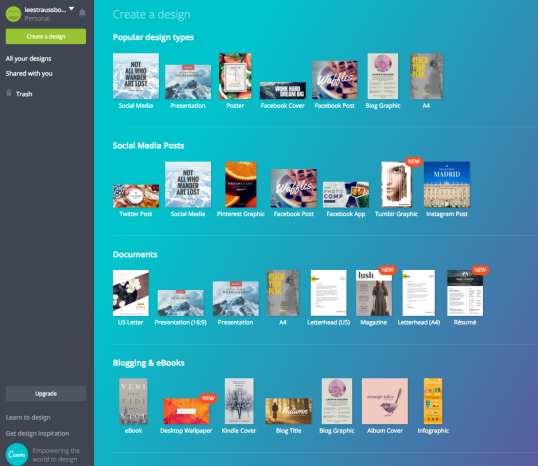
Canva offers a lot of great templates. This is helpful when you’re unsure about the size you need.
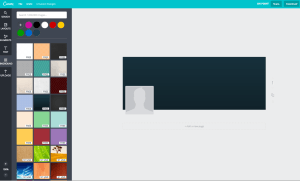
I’ve chosen the Facebook page template. Now you know exactly the space your profile picture will take up. The menu provides a lot of background options from free to 1.00.

The Text menu gives you font and color options along with labels.
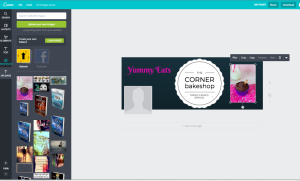
You can upload your own images. Change the font and color, move images around.

And Voila! This is really simplistic, but you get the idea.
Canva doesn’t have the design palette of Picmonkey, but at least it does save your work so you can make changes later if you want to. I often use the two together.
Have fun with Canva!
April 11, 2016
What I’m doing now.
I’ve come to the conclusion that I’m never going to be caught up, and I’ve made peace with that (I think). It’s okay if I don’t get everything done RIGHT NOW. I have a lot of projects going at any given time, and I see myself as the person spinning plates, hoping one of them doesn’t come crashing down on my head. 

But what woman doesn’t feel like this? At least some of the time?
So, not complaining. In fact. I’m doing the opposite. I’m accepting it. With acceptance comes peace – or something like that.
Back to what I’m doing right now.
Finishing up a power point for a workshop I’m doing in Switzerland in two weeks called Entrepreneurial Authorship. It’s a five hour course.
Working on the accompanying workbook called CRAFTING YOUR BEST STORY – 26 Writing Tips to Get You to the End.
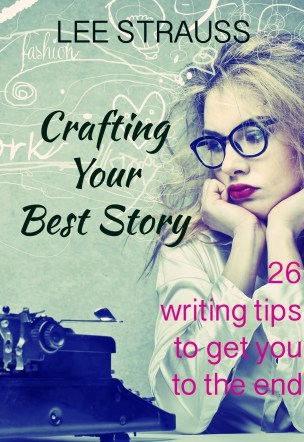
Which I’ll also eventually upload to Amazon.
3. Working edits of standalone psychological thriller I’m due to send to an agent next month.
4. Working on rebranding my contemporary romances to inspirational romances with new name, website, email, newsletter, covers, revisions, etc. (hope to have that up and running in June.)
5. Finishing the 5th book in the above series.
6. Starting the 4th book in A Nursery Rhyme Suspense.
7. Ongoing marketing and promotion. (Which has its own long list)
And when I get back to Canada in two and a half weeks – taxes.
Also, when I started this blog, I got, like, a zillion spam comments, so I’ve been chiselling away at deleting those. Spam catcher plugin is in place. I might’ve deleted a couple legitimate emails. I’m on top of it now, so please, feel free to leave a comment!
One thing at a time, grasshopper, one day at a time.
How about you? What are you working on? No, really. I want to know.
April 8, 2016
Free Book Friday – Somebody Tell Aunt Tillie She’s Dead by Christiana Miller
A little magic can go a long way — to really screwing up a girl’s life!
Mara is having the worst month of her life. She’s been evicted from her apartment, banned from Beverly Hills, and now the tarot cards are predicting her imminent demise.
So, she uses a little magic to make her world right.
Suddenly, an aunt she’s never met dies, leaving Mara as her sole heir.
But when Mara moves into her inherited home, she discovers Aunt Tillie never moved out. She’s still one pissed-off old lady–even post-mortem–and she blames Mara’s magical meddling for her untimely death.
Somebody Tell Aunt Tillie She’s Dead is a quirky urban fantasy that mixes supernatural suspense with humor.
April 7, 2016
Heads up: The BEST Audible offer ever assembled!
NEW Audible customers can join for only $1 per month for the first three months!
Check out the deal: http://www.appsumo.com/audiblegold/
If you’ve always wanted to try audio books, but weren’t sure if they were for you, now’s the time to try it.
While you’re there, you can check out the three books I have available on Audible.
Click on the images for more info.
Happy listening!
April 5, 2016
Author Tip Tuesday – Picmonkey
Why do I love Picmonkey? Because it’s awesome 
Picmonkey is a great image creating tool. They offer a free version, or for a small monthly fee, a full service deal.
Let me demonstrate how I used Picmonkey to quickly make the promo image for my current sale.

First, open picmonkey.com and click edit. This is the paid version, which is only around 5.00 a month, so if you make a lot of promotional images, or even book covers, it’s well worth the money. I don’t remember what the free version offers, tut mir leid.

Open the image you want to work on. Since I’m building an image, I opened a white template sized for facebook images. You can see on the menu on the left all the options you have in basic edits, including cropping and resizing. I used canvas color to change the background to gray, (see next).

Next I clicked overlays, which is the butterfly icon on the left. You’ll be given the option to chose one of theirs, or one of your own. In this case, I chose my own and opened the images of my books on an ereader. (I made those images using picmonkey too.)
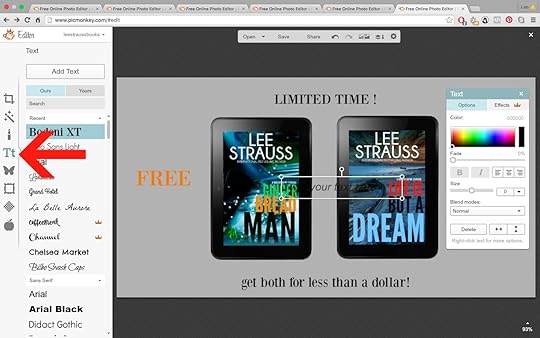
After resizing and centering my images (easy click and drag), I added the text. Again you have the option to use one of their fonts or one of your own. The guide box you see on the right opens to give you options for color, size, etc.
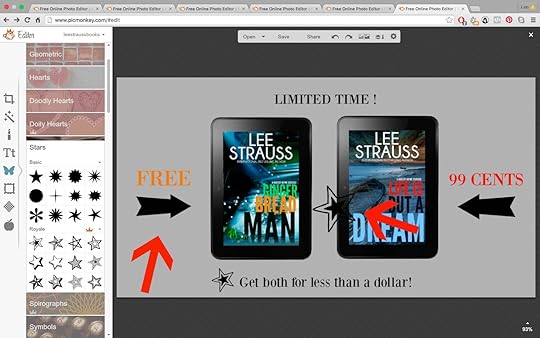
I wanted to highlight the text with overlays of arrows and stars. Just click the image you want, stretch or shrink, rotate and choose color, drag to where you want it.

I changed the canvas color to white/gray and added a frame. The red arrow points to a combine feature to flatten your image. You can go back and forth with the little arrows in the tool bar if you want to change something. Finally, you can save you image to your computer.
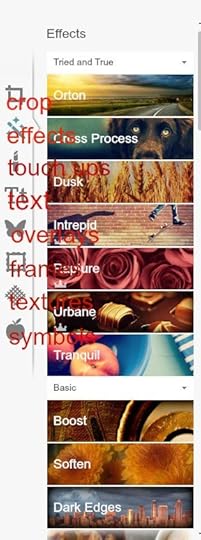
I never used a filter on this promo image, but there are plenty to chose from. Mix and match and find an effect that’s right for you!
The FINAL IMAGE!
If you’re interested in the sale, just click it! 
There is a downside to Picmonkey – there is no save files feature in the program. Once you close the website, you can’t reopen the image to make changes. If you feel you must change something after this point, you have to start over from the beginning.
I hope you found this tip helpful. Please feel free to leave a comment or question.
April 4, 2016
Life is But a Dream – on sale .99 for a limited time!
April 1, 2016
Free Book Friday – The Last Enemy by Pauline Baird Jones!
Haunted by the death of her child and stalked by a killer, romance author Dani Gwynne wants to want to live long enough to testify. And then her protection detail is compromised. She’s on her own in the mile high city of Denver, trying to figure out who to trust.
And why she’s trying so hard to live…
Deputy US Marshal Matthew Kirby knows he’s the good guy. And this is simple. She trusts him and he stops a lethal hit man for good. End of story.
With the clock ticking down on a macabre game of hide and seek with hit man, the romance author must find her will to live and love again. And the Marshal must learn that nothing is simple in life, in death, and particularly in love.
Lonesome Lawmen Book One.
Book 2: Byte Me
Book 3: Missing You
and Lonesome Mama: A Lonesome Lawmen short story.
March 31, 2016
#ThrowbackThursday
I’m back in Dresden Germany for the spring. My husband and I have been coming here twice a year for the last four years.
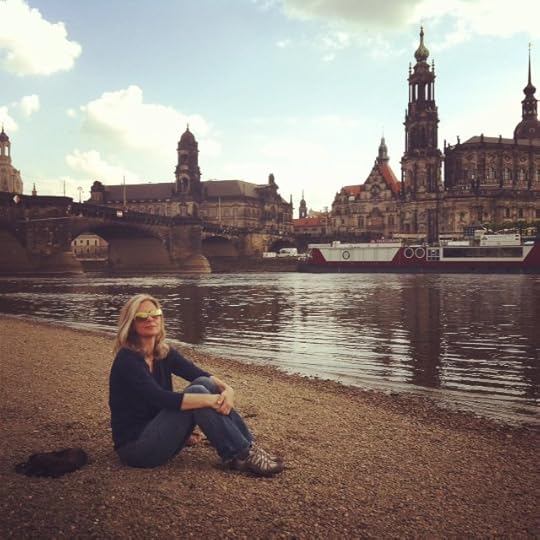
This is the Altstadt – the old part of town – along the Elbe River about 2 years ago.
March 29, 2016
Author Tips Tuesday – Booktrakr
Continuing on through the list on my favorites post on softwares and websites, I’m going to talk about why I love Booktrakr.
You’ll notice that Word and Excel are on the list too, but I think most people know how to use them. I use Word to clean up my first draft that I always write in Scrivener (see last week’s post), setting up chapter headings and checking for typos before sending off to my editor and ultimately preparing it for formatting in Vellum (which I’ll talk about later).
I use Excel to track sales, expenses, advertising sites (every time I run a promotion I track how well it did, which helps me decide if I’ll use that ad agency again or not- Booktrakr helps with this), Bookbub (what books have been promoted and when, and when the next time a book qualifies for resubmission), tracking Facebook ad results, etc.
Booktrakr has been around for a few years and is still in Beta testing stage. That means that it’s still free (yay!), but not yet 100% accurate and there’s still the occasional glitch, so use it as a general guide.
What’s great about Booktrakr is that it collects all the sales information from all of your books from every vendor and emails you every day with a neat little summary report.
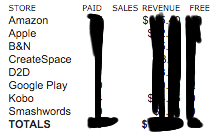
It also breaks it down by book (how many of each book sold), countries sold in, and top 100 genre listing.
They give you a nice colorful dashboard to gather the same day and all time sales by book (with book cover), but the best feature is how they calculate all books per day next to ALL TIME, from when you started publishing.
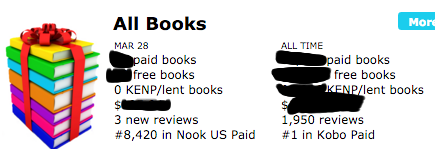
This saves me a lot of time checking all the vendor sites for sales numbers each day and gives me a good gauge on how I’m doing and if I need to put some muscle behind promoting.
I use an EXCEL sheet to track my sales and number of books sold so I can see at a glance how I did each month and which sales promotions have worked.
So, big thanks to the folks at Booktrakr!


